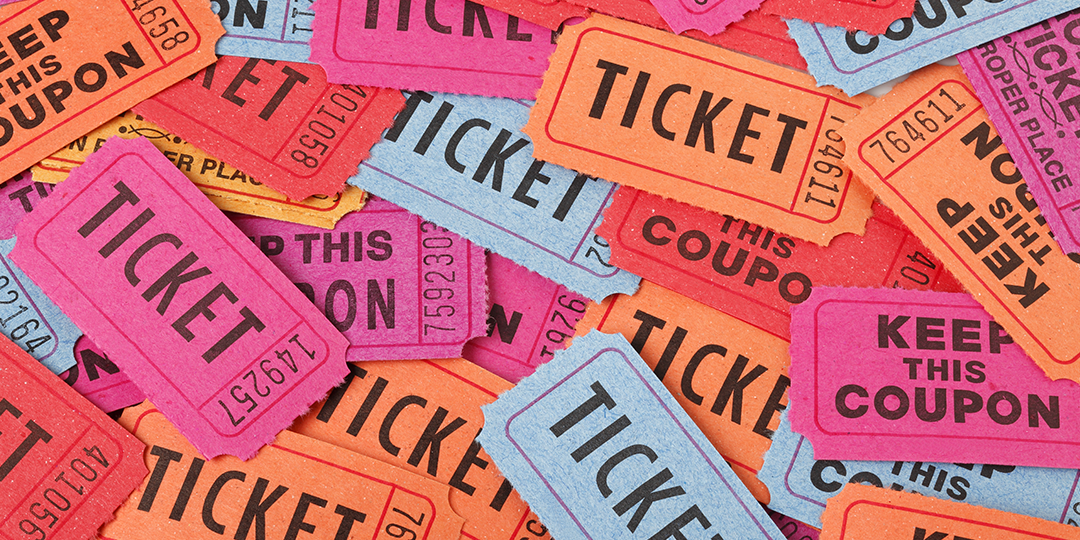Over 138 million visits were made to the top 249 ALVA sites in the UK during 2018, an increase of over 8% on the previous year. A clear indication of how important tourism is for the UK.
The UK is unique in that most museums and galleries in larger cities are free to enter, relying on donations and special exhibitions to raise money and attract new visitors. One such exhibition, at Liverpool’s World Museum, was the installation of the First Emperor’s Terracotta Warriors, which saw visitor numbers to the attraction increase by 111%.
Visitor attractions need visitors to survive. However, promoting and encouraging consumers to purchase tickets and visit attractions is another matter, especially to those smaller attractions that don’t have the financial backing of their larger counterparts and they often fall into the trap of over-using discount and voucher sites to sell tickets.
We’ve all been there before, scrolling through discount websites to see what you can get, for as little money as possible. There is something in our brains that triggers a sense of excitement when we get a good deal on something, whether it’s a spa day or half-price tickets to a visitor attraction. Great for the consumer – potentially not so good for the seller.
So, what’s the attraction?
Volumes and capacity are what drives attractions to list tickets on a discount or voucher site. Jumping on the back of a larger company means more visibility and ‘advertising’ which will, hopefully, equal more ticket sales.
Where are the cons and how can I avoid them?
Don’t lose control of your website and search engine rankings. Once you start to work with a voucher company or 3rd party ticket seller you can easily lose control of your brand and find that the 3rd party seller will buy up your name and dominate the rankings. Try putting your brand into google! The results can be frightening.
Limit your activity and offers to specific dates and specific time. At busy times you want to ensure that you get the maximum benefit from your brand and your hard work.
For example – a city sightseeing tour may have various tours running throughout the day, with a capacity of 50 seats, selling tickets at £15 per person. They will know that not every tour is full, so the temptation is there to list tickets via a third-party website at a heavily discounted price. After all, isn’t it better to have a filled seat at 50% rather than no seat at all? By doing so, attractions need to be careful that they don’t upset full paying customers. Ensure full fee-paying customers get the best seats by reserving seats or by boarding voucher holders at the second stop onwards. This will help keep all your passengers happy and keep profits coming in.
Choose third-parties carefully…
Attractions need to identify and select network partners carefully – not putting all their eggs into the one basket, whilst remaining selective over which of their own tickets they wish to sell via its own sales channels.
Establishing varied sales channel network, attractions can enhance and promote destinations without losing out on the bottom line.
Stay in control – 100% control
It’s a win-win, and one that Cybertill’s Event Manager can help with. Find out more here.


Rachel is passionate about retail and the ever-changing retail technology environment, with a keen eye for upcoming retail trends that are set to shake up the sector.

